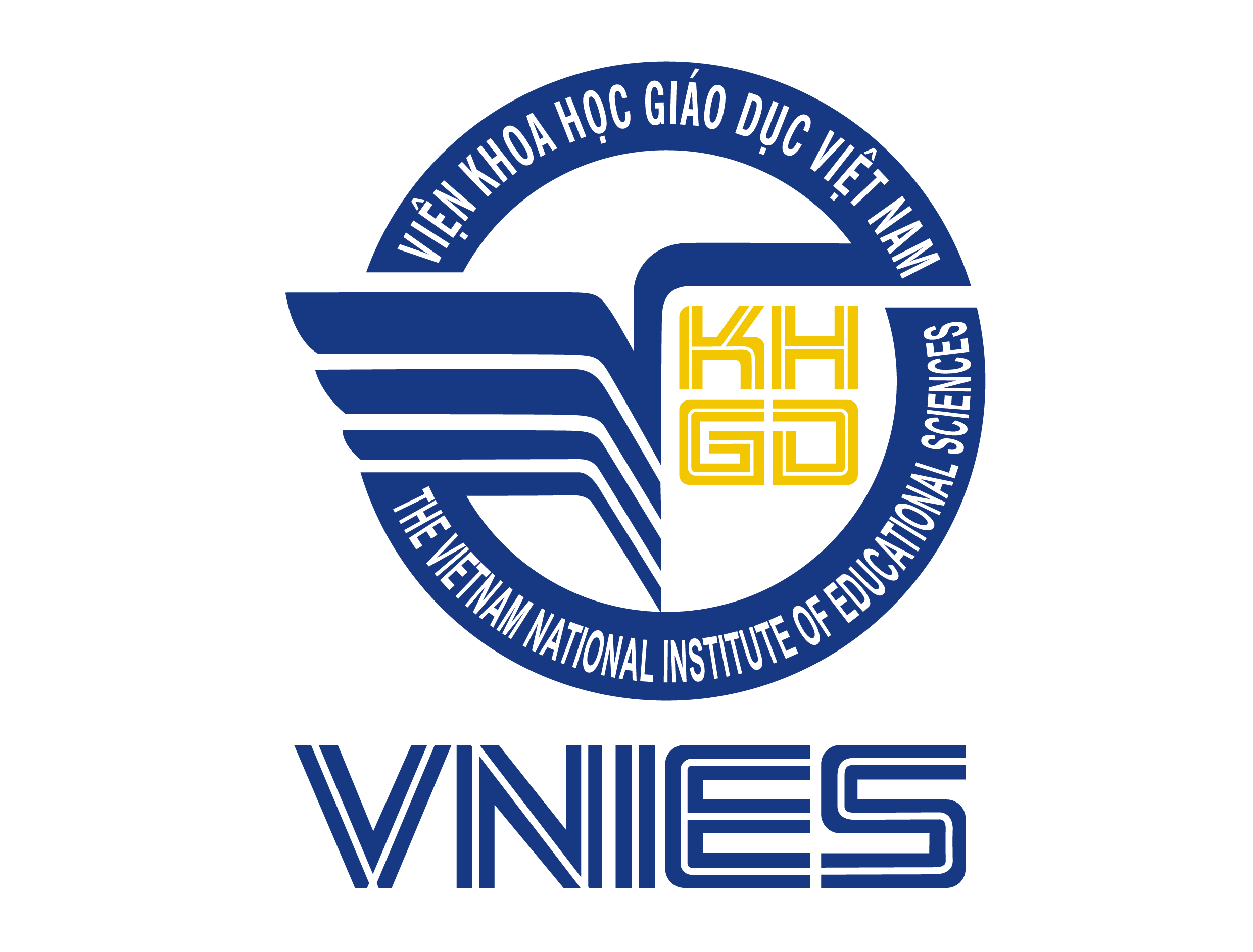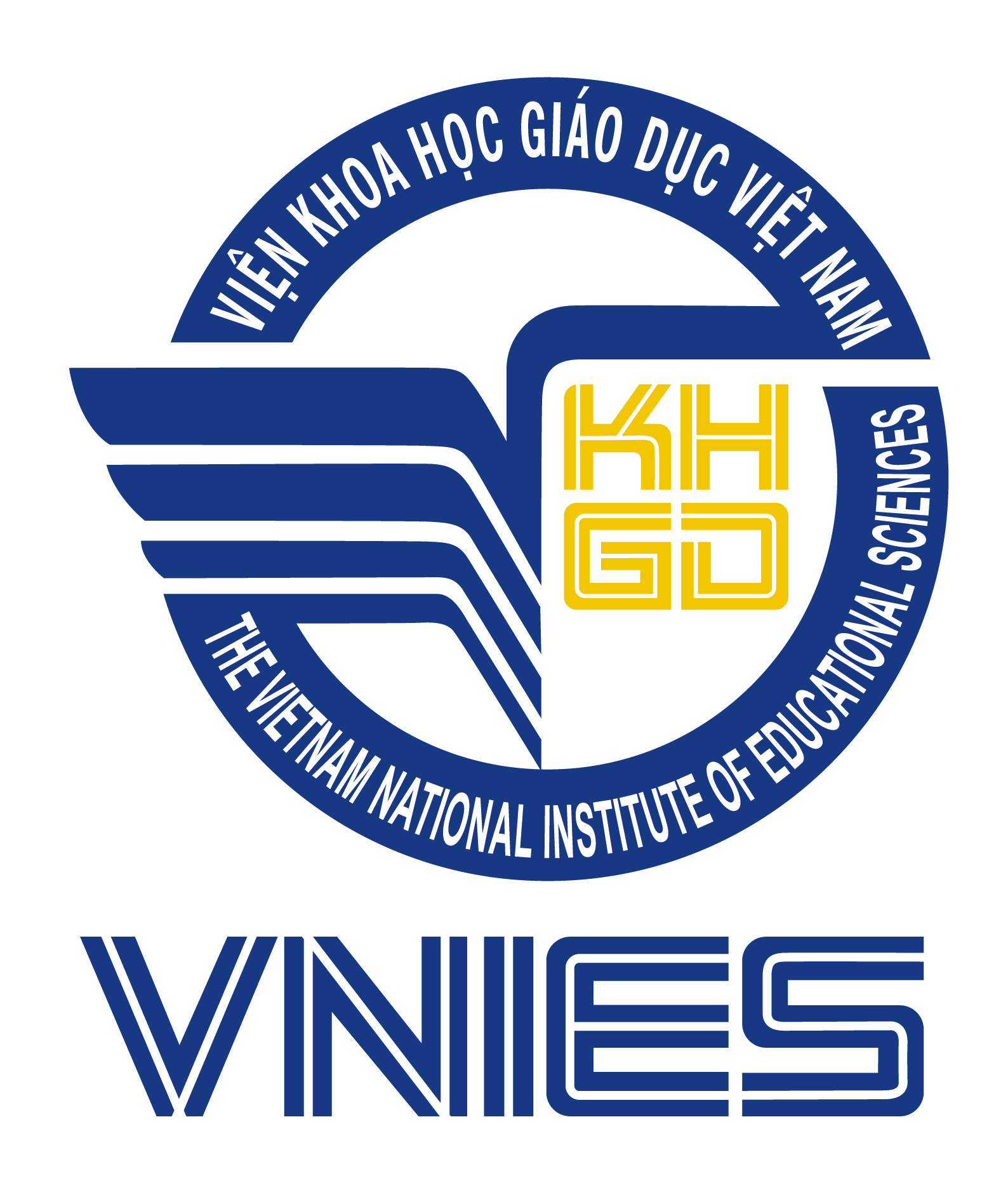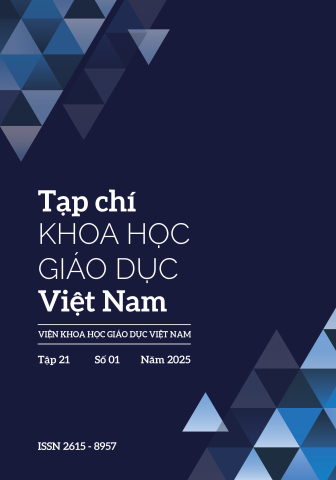[1] Burgoon, J. K. (1976). The Unwillingness-tocommunicate scale: Development and Validation. Communication Monographs, 43, p.60-69.
[2] Freiermuth, M. R., & Jarrell, D. (2006). Willingness to communicate: Can on-line chat help? International Journal of Applied Linguistics, 16(2), p.189-212
[3] Grice, H., P. (1975). Logic and conversation. In P. Cole, & J. Morgan (Eds.), Syntax and semantics, pp.41- 58. New York: Academic Press
[4] Hoàng Văn Vân. (2007). Vai trò của giáo viên và học sinh ngoại ngữ ở trường học phổ thông trong lớp học theo đường hướng lấy người học làm trung tâm. Tạp chí Khoa học đại học Quốc gia Hà Nội, 23, tr.53-61
[5] Horwitz, E. K., Horwitz, M. B., & Cope, J. (1986). Foreign Language Classroom Anxiety. The Modern Language Journal, 70(2), p.125-132.
[6] Jahedi, M., & Lilliati, I. (2020). Factors Affecting ESL Students’ Willingness to Communicate in English Classroom Discussions. Universal Journal of Educational Research, 8(8), p.3360-3370
[7] Kang, S. J. (2005). Dynamic Emergence of Situational Willingness to Communicate in a Second Language. System, 33, p.277-292
[8] Latifah, A., Sudana, D., & Yusuf, F. N. (2020). Investigating the factors influencing students’s willingness to communicate in English. Journal of Intensive Studies on Language, Literature, Art and Culture, 4(1), p.91-100
[9] Lohmann, H., Tomasello, M. & Meyer, S. (2015). Linguistic Communication and Social Understanding. In Astington, J. W. & Baird, J., A. (Eds.), Why Language Matters for Theory of Mind, pp.1-31. Oxford Scholarship Online
[10] Liu, M. H. (2005). Reticence in oral English language classrooms: A case study in China. TESL Reporter, 38(1), p.1-16.
[11] Lương Ngọc & Vân An. (9/9/2024). Dạy và học tiếng Anh như ngôn ngữ thứ hai: Kinh nghiệm quốc tế cho giáo dục Việt Nam. Tạp chí Giáo dục. https:// tapchigiaoduc.edu.vn/article/88810/222/dayva-hoc-tieng-anh-nhu-ngon-ngu-thu-hai-kinhnghiem-quoc-te-cho-giao-duc-viet-nam/
[12] MacIntyre, P. D., Babin, P. D., & Clément, R. (1999). Willingness to communicate: Antecedents & consequences. Communication Quarterly, 47(2), p.215-229.
[13] Mahdi, D. (2014). Willingness to Communicate in English: A Case Study of EFL Students at King Khalid University. English Language Teaching, 7(7), p.17-25
[14] Mai, X., & Fan, Y. (2021). An Empirical Study of the Willingness to Communicate in College English Classes from an Ecological Perspective. Creative Education, 12, p.2056-2065.
[15] Markley, T. (2004). Defining the Effective Teacher: Current Arguments in Education. Essays in Education, 11(6), p.1-14.
[16] McCroskey, J. C., & Richmond, V. P. (1990). Willingness to communicate: A cognitive view. Journal of Social Behavior and Personality, 5(2), p.19 - 44
[17] Ng, C. F. & Ng, P. K. (2015). A Review of Intrinsic and Extrinsic Motivations of ESL Learners. International Conference on Culture, Languages and Literature, p.24-31
[18] Nguyễn Đình Thọ. (2011). Phương pháp nghiên cứu khoa học trong kinh doanh: Thiết kế và thực hiện. NXB Lao động – Xã hội, Hà Nội
[19] Nguyễn Khắc Viện. (1995). Từ điển tâm lí. NXB Thế giới, Hà Nội.
[20] Peng, W. (2010). Willingness to Communicate in English: A Model in the Chinese EFL Classroom Context. Language Learning, 60(4), p.834-876
[21] Ramli, K., Hidayah, J., Edy, S., & Esmianti, F. (2021). Factors of Students’ Willingness and Unwillingness to Speak English in the Classroom. Journal of English Education and Teaching, 5(1), p.95-109
[22] Reinder, H., & Wattana, S. (2011). Learn English or die: The effects of digital games on interaction and willingness to communicate in a foreign language. Digital Culture & Education, 3(1), p.4-28
[23] Ryan, R., M. & Deci, E., L. (2000). Intrinsic and Extrinsic Motivations: Classic Definitions and New Directions. Contemporary Educational Psychology, 25, p.54-67.


